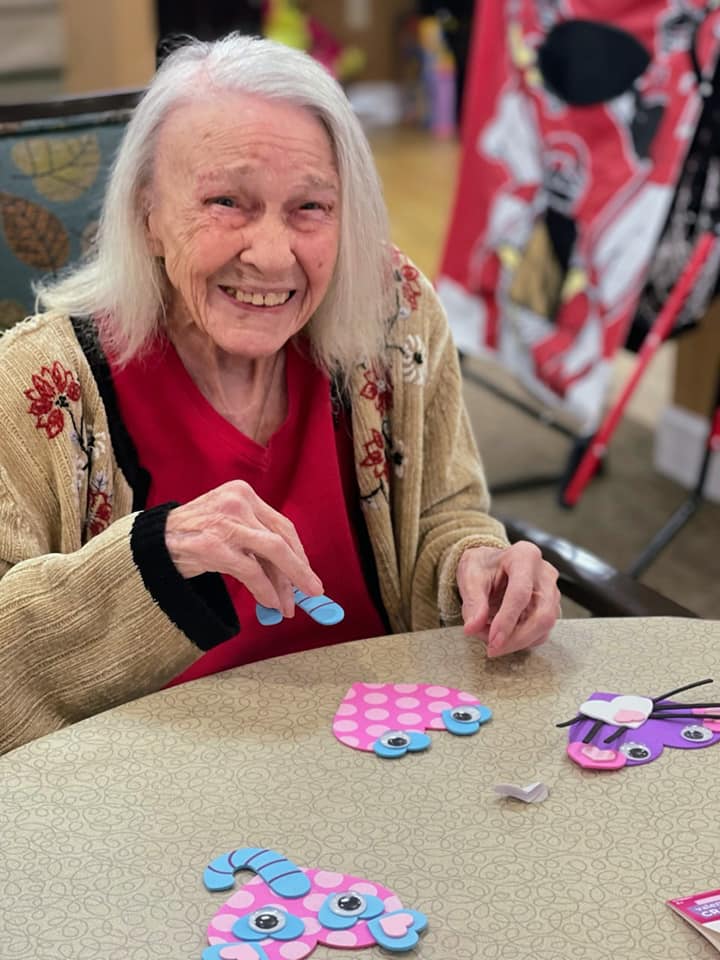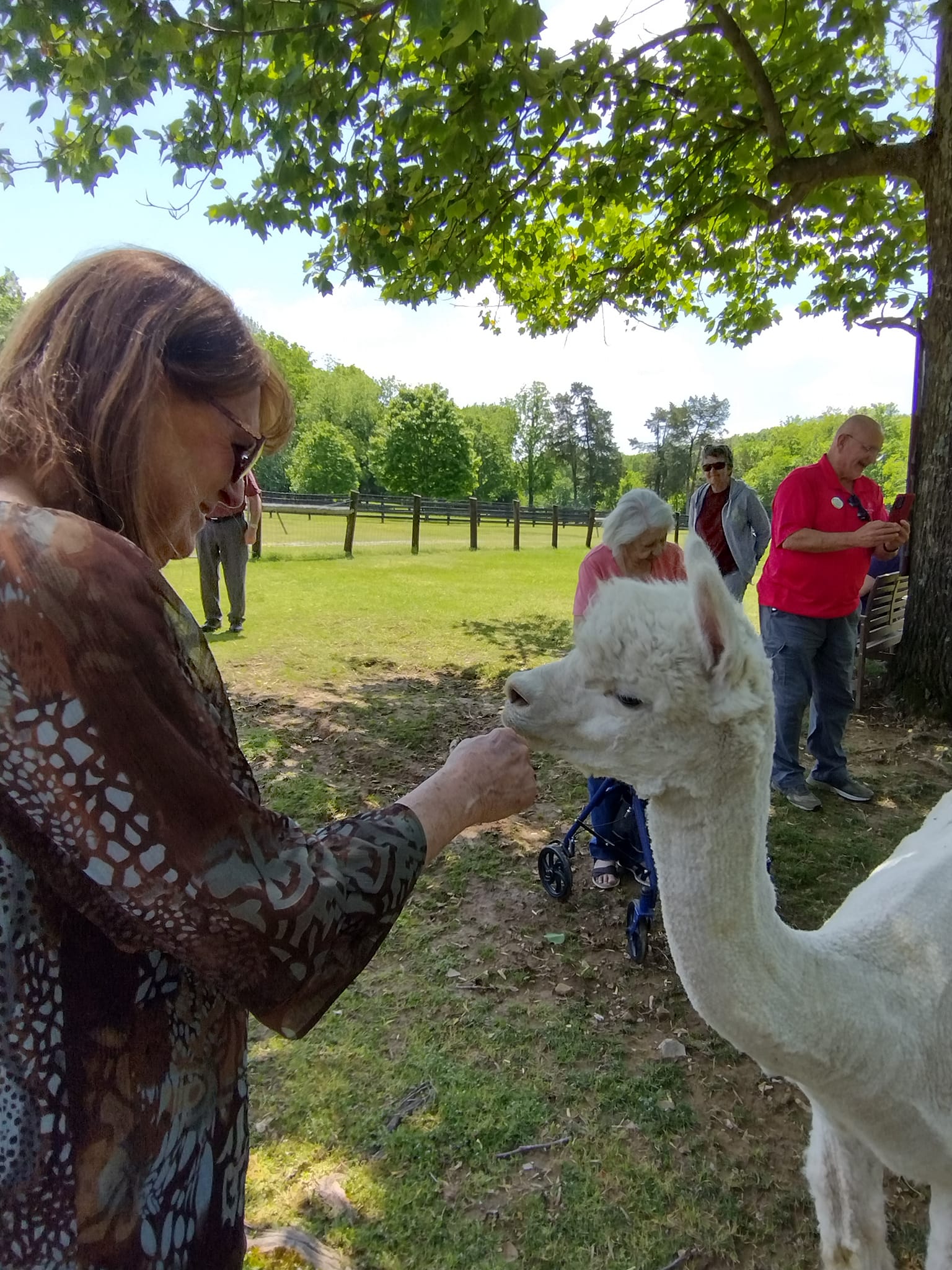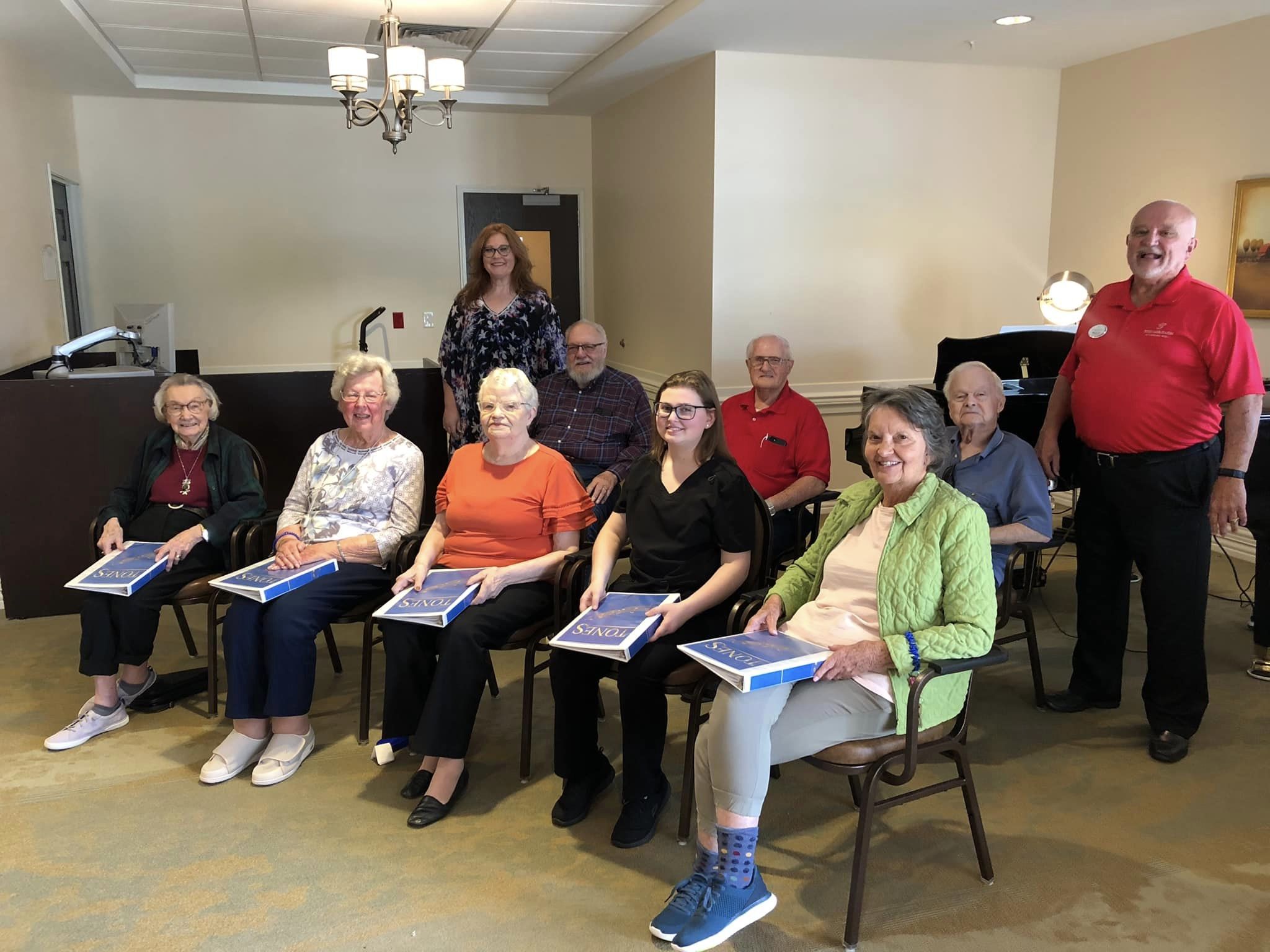The decision to transition to an assisted living community is a significant and complex step that often requires careful consideration. Unfortunately, misconceptions and fears can cloud the decision-making process, leading individuals and their families to make choices that might not align with their best interests.



According to a report by the AARP, many people hold inaccurate beliefs about assisted living, which can hinder them from fully exploring the benefits of such communities (AARP, “Understanding Assisted Living: A Review of the Literature and Policy Implications”).
These prevalent myths can lead to a sense of uncertainty and reluctance to embrace assisted living. For instance, some individuals believe that assisted living equates to a loss of independence, fearing they’ll have no control over their lives once they move into a community. However, a study published in the Journal of Housing for the Elderly suggests that the majority of residents in assisted living communities actually experience improved well-being and quality of life due to the supportive environment (Journal of Housing for the Elderly, “Improvements in Resident Quality of Life in Assisted Living Facilities”).
In this article, our aim is to delve into these common misconceptions surrounding assisted living communities and offer a reality-based perspective. Specifically, we’ll address the myths centered around the timing of the decision and the potential repercussions of delaying the process. By providing accurate information and insights, we hope o empower individuals and their families to make well-informed choices regarding their living arrangements and future well-being.
Myth 1: “I’m Not Ready Yet”
One prevalent misconception is that individuals believe they are not yet ready for assisted living. Many associate assisted living communities with the idea of giving up their independence or prematurely admitting defeat in managing their daily lives. However, waiting until a crisis occurs, such as a fall or a health decline, can result in rushed decisions that may not align with personal preferences.
Fact 1: Proactive Planning Empowers Individuals
Contrary to the myth, considering assisted living options earlier can be a proactive and empowering choice. Making the decision before a crisis strikes allows individuals to explore various communities, understand the services they offer, and choose a place that matches their preferences and needs. This proactive approach enables smoother transitions and more time to build relationships within the community.
Myth 2: “I’ll Lose Control Over My Life”
Some fear that moving to an assisted living community equates to losing control over their daily routines, social interactions, and personal decisions. This myth stems from a misunderstanding of the support and autonomy that modern assisted living communities provide.
Fact 2: Maintaining Independence with Assistance
Assisted living communities are designed to promote independence while offering necessary support. Residents typically have the freedom to engage in activities they enjoy, maintain their personal schedules, and make decisions about their care. The assistance provided is tailored to individual needs, ensuring a balance between maintaining autonomy and receiving help where necessary.
Myth 3: “I’ll Be Isolated and Lonely”
One common fear is that moving to an assisted living community will lead to isolation and loneliness. Many believe they will lose touch with friends and family, leading to a decrease in their overall quality of life.
Fact 3: Social Engagement and Community
Assisted living communities actively encourage and provide social engagement and interaction among residents. These communities offer a range of activities, events, and communal spaces where residents can connect and form meaningful relationships. In fact, isolation can often be more pronounced when living alone at home, making assisted living a potentially vibrant and socially fulfilling option.
Consequences of Delaying the Decision
Delaying the decision to move to an assisted living community can have significant consequences, both for individuals and their loved ones.
- Health Deterioration: Waiting until a health crisis occurs can lead to a rapid decline in physical and mental well-being, making the transition to assisted living more challenging.
- Limited Choices: Rushed decisions due to emergencies might limit the choice of communities, leading to a mismatch between preferences and available options.
- Emotional Stress: The urgency of a crisis can heighten emotional stress for both the individual and their family, making the transition emotionally taxing.
- Financial Strain: Delaying the decision can result in unexpected financial burdens, as last-minute arrangements may be more costly.
In conclusion, the myths surrounding assisted living communities often revolve around the timing of the decision and the perceived loss of independence. Proactively considering assisted living options empowers individuals to make informed choices that align with their preferences and needs. Delaying the decision, on the other hand, can lead to negative consequences, impacting health, emotional well-being, and financial stability. By dispelling these myths and understanding the facts, individuals and their families can approach the transition to assisted living with confidence and a clear understanding of the benefits it can bring.
Myth 4: “Assisted Living Means Medical Care Only”
One common misconception is that assisted living communities primarily focus on medical care and neglect other aspects of residents’ lives.
Fact 4: Holistic Approach to Care
Assisted living communities provide a holistic approach to care, considering not only residents’ medical needs but also their social, emotional, and mental well-being. They offer a range of activities, social interactions, and opportunities for personal growth to enhance residents’ overall quality of life.
Myth 5: “Assisted Living is Too Expensive”
Many people believe that assisted living is prohibitively expensive and only accessible to the wealthy.
Fact 5: Varied Pricing Options
While assisted living can involve costs, there is a wide range of pricing options available. Different communities offer various levels of services and amenities, allowing individuals to choose a setting that fits their budget. Additionally, when comparing the costs of maintaining a home and managing healthcare needs independently, assisted living can sometimes be a more cost-effective choice.
Myth 6: “Loss of Privacy”
Some fear that moving to an assisted living community means sacrificing privacy and personal space.
Fact 6: Balance of Privacy and Community Living
Assisted living communities typically offer private living spaces, such as apartments, allowing residents to maintain their privacy. Residents can choose when to engage in social activities and when to spend time in their personal spaces, striking a balance between community interaction and solitude.
Myth 7: “Assisted Living is Only for the Elderly”
There’s a misconception that assisted living communities are exclusively for the elderly and that younger individuals wouldn’t fit in.
Fact 7: Diverse Resident Populations
Assisted living communities cater to a diverse range of residents, including those who are younger but require assistance due to disabilities or medical conditions. These communities are equipped to address the unique needs of individuals of varying ages and backgrounds.
Myth 8: “Loss of Independence”
Another myth is that moving to an assisted living community means giving up all control and independence.
Fact 8: Preserving Autonomy
Assisted living communities are designed to promote independence while offering necessary support. Residents are encouraged to make decisions about their daily routines, social engagements, and care plans. The goal is to enable residents to live as autonomously as possible while having access to assistance when needed.
Myth 9: “Family Relationships Will Suffer”
There’s a misconception that moving to an assisted living community will strain family relationships and decrease family involvement.
Fact 9: Enhanced Family Relationships
Assisted living communities often encourage family involvement and visits. Family members can participate in activities and events, creating opportunities for meaningful interactions. Additionally, the burden of caregiving can be reduced, allowing family relationships to focus on quality time together.
Myth 10: “I’ll Lose Connection to My Hobbies”
Some individuals fear that moving to an assisted living community means giving up their hobbies and interests.
Fact 10: Support for Pursuing Hobbies
Assisted living communities recognize the importance of hobbies and interests in residents’ lives. They often offer a range of activities and programs to support residents in continuing their hobbies, exploring new interests, and staying engaged in meaningful pursuits.
In summary, assisted living communities offer a range of benefits that counteract common misconceptions. They promote holistic care, provide varying pricing options, maintain residents’ privacy, cater to diverse age groups, preserve independence, enhance family relationships, and support residents’ hobbies and interests. By understanding the facts and dispelling the myths, individuals can make well-informed decisions about transitioning to assisted living communities.

Now that you have this information, you probably have some of these frequently asked questions on your mind. Here, we provide our answers, hoping they’ll be of further assistance. Additionally, remember that there’s no better way to satisfy your curiosity than by taking a tour and asking all your questions to our staff, who will be delighted to welcome you and get to know you.
Q1: How do I know if assisted living is the right choice for me or my loved one?
A: Assess your needs and preferences. If you or your loved one require some assistance with daily activities but still value independence, social engagement, and access to support, assisted living might be a suitable option.
Q2: Can couples live together in assisted living communities?
A: Yes, many assisted living communities offer accommodations for couples, allowing them to live together while receiving the appropriate level of care and support.
Q3: Are pets allowed in assisted living communities?
A: Some assisted living communities do allow pets, though policies may vary. If having a pet is important to you, inquire about pet-friendly options when researching communities.
Q4: Can I personalize my living space in an assisted living community?
A: Yes, most communities allow residents to personalize their living spaces with their own furniture, decorations, and personal belongings.
Q5: What types of activities are offered in assisted living communities?
A: Assisted living communities offer a variety of activities such as exercise classes, arts and crafts, social events, outings, educational programs, and entertainment options to keep residents engaged and active.
Q6: How can I ensure a smooth transition to assisted living?
A: Plan ahead by downsizing belongings, organizing finances, and connecting with staff and future neighbors in the community. This can help make the transition more comfortable and seamless.
Q7: What happens if I require additional care beyond what’s provided in assisted living?
A: Many communities offer a continuum of care, which means they can provide increased levels of care or facilitate transitions to higher levels of care, such as memory care or skilled nursing, if needed.
Q8: Can I still maintain my existing doctor and healthcare providers?
A: In most cases, you can continue to see your existing doctors and healthcare providers. Some communities also offer on-site medical services for convenience.
Q9: What is the difference between assisted living and other types of senior living, like nursing homes?
A: Assisted living offers a level of support that bridges the gap between independent living and nursing homes. It focuses on assistance with daily activities while promoting independence, unlike nursing homes that provide more intensive medical care.
At The Goldton at Spring Hill, assisted living means embracing each day without the burden of managing your health or maintaining a household. Beyond offering attentive care, The Goldton ensures proper nutrition, a tidy living environment, and fresh laundry. The dedication of their maintenance and housekeeping teams mirrors that of their healthcare professionals, creating a comprehensive support system for residents’ needs.
As you consider the options for assisted living, communities like The Goldton at Spring Hill stand out for their commitment to enriching the lives of their residents and dispelling the misconceptions that often surround such arrangements.





